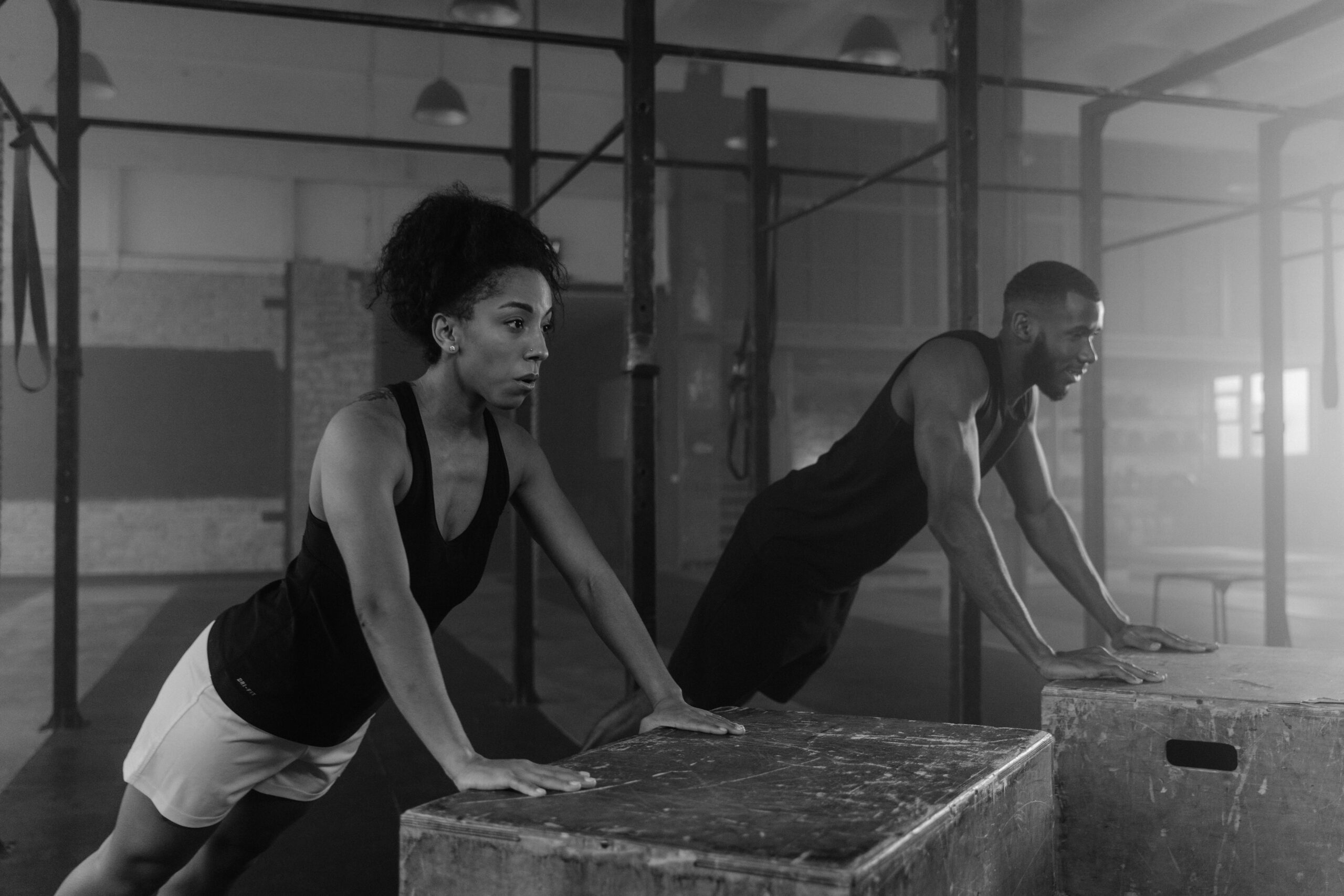Introduction to Cross-Training
Cross-training is an essential strategy for athletes looking to optimize their performance. By engaging in various forms of exercise, athletes can enhance their overall fitness, reduce the risk of injury, and improve mental well-being. Incorporating cross-training into a routine diversifies workouts and maximizes potential in one’s primary sport.
By participating in multiple types of physical activities, athletes develop a well-rounded fitness base. For instance, swimmers can benefit from weight training to build strength, while runners might improve their endurance through cycling. This comprehensive approach ensures that athletes are in peak condition and ready to tackle the challenges of their sport.
One of the significant benefits of cross-training is its role in injury prevention. By varying workout routines, athletes can avoid overuse injuries from repetitive strain on the same muscle groups. Engaging in muscle-strengthening activities through cross-training can help reduce muscle atrophy and lower the risk of falls and osteoporosis, particularly in older individuals.
Improved Overall Performance
Cross-training can significantly enhance an athlete’s overall performance. By participating in multiple types of physical activities, athletes can develop a well-rounded fitness base that boosts their abilities in their primary sport. For instance, swimmers may benefit from weight training to build strength, while runners might improve their endurance through cycling.
Moreover, for adults who train like competitive athletes, cross-training is an excellent way to combat the natural decline in physical abilities associated with aging. Engaging in competitive sports or training as a competitive athlete can help counter the loss of physical ability with aging. This comprehensive approach ensures that athletes are in peak condition and ready to tackle the challenges of their sport.
Injury Prevention
One of the significant benefits of cross-training is its role in injury prevention. By varying workout routines, athletes can avoid overuse injuries from repetitive strain on the same muscle groups. Engaging in muscle-strengthening activities through cross-training can help reduce muscle atrophy and lower the risk of falls and osteoporosis, particularly in older individuals. Muscle-strengthening physical activity has been shown to reduce muscle atrophy, risk of falling, and osteoporosis in the elderly.
Cross-training provides a balanced regimen that allows different muscles to recover while others are being worked. This approach ensures that athletes maintain a robust and resilient physique, capable of enduring the demands of their sport.
Enhanced Flexibility and Mobility
Flexibility and mobility are essential for peak athletic performance, and cross-training can significantly improve these aspects. Incorporating exercises such as yoga, Pilates, or dynamic stretching into a training routine enhances range of motion and agility. These activities not only increase flexibility but also contribute to more efficient movement patterns.
By prioritizing flexibility through diverse workouts, athletes can move with greater ease and precision in their primary sports. Improved range of motion can enhance technique and reduce the risk of injury, as the body becomes more adaptable to various physical demands. Cross-training that focuses on flexibility helps athletes maintain a balanced and responsive physique, ready to meet the challenges of their sport.
Mental Benefits
Cross-training offers numerous mental benefits that can enhance an athlete’s overall well-being. By varying workouts, athletes can prevent mental burnout that often arises from repetitive training routines. Engaging in different activities keeps workouts exciting and fresh, fostering a more positive attitude toward training.
Physical activity in general has been shown to have significant mental health benefits. Exercise can prevent or alleviate mental illnesses, such as depressive symptoms and anxiety-related conditions. Additionally, regular training can improve an individual’s quality of life, enhance coping mechanisms for stress, and bolster self-esteem and social skills. Training and exercise improve the quality of life and coping with stress and strengthen self-esteem and social skills. These mental benefits contribute to increased motivation and focus, allowing athletes to perform at their best.
Developing New Skills
Cross-training offers athletes the opportunity to learn new techniques and skills that can complement their primary sport. For example, a basketball player might take up swimming to enhance their cardiovascular endurance, or a cyclist might engage in yoga to improve flexibility. These new skills not only enrich an athlete’s training routine but also offer strategic advantages in their main discipline.
Moreover, participation in sports, regardless of competition, is associated with promoting healthy behaviors and improving quality of life. Participation in sports, with or without competition, promotes healthy behavior and a better quality of life. Embracing cross-training allows athletes to broaden their skill sets, which can lead to better performance and a more enjoyable sports experience.
Conclusion
Cross-training is a versatile and effective approach for athletes seeking to enhance their performance and overall well-being. It allows athletes to engage in a variety of physical activities, which can lead to improved strength, endurance, and flexibility. By varying workout routines, athletes can prevent overuse injuries and promote balanced muscle development, which is crucial for long-term athletic health.
Additionally, cross-training offers significant mental benefits, helping to keep athletes motivated and reducing the risk of mental burnout. Different activities keep the training experience fresh and enjoyable, which can foster a more positive outlook on workouts and training sessions.
Developing new skills through cross-training can also provide athletes with strategic advantages in their primary sports. Whether it’s a basketball player gaining cardiovascular endurance from swimming or a cyclist improving flexibility through yoga, these new skills contribute to a more comprehensive and adaptable athletic performance.
Incorporating cross-training into an athlete’s routine ensures a holistic approach to fitness, addressing not just the physical but also the mental aspects of athletic training. This well-rounded approach can lead to a more successful and enjoyable sports experience, making cross-training an invaluable component of any athlete’s regimen.

